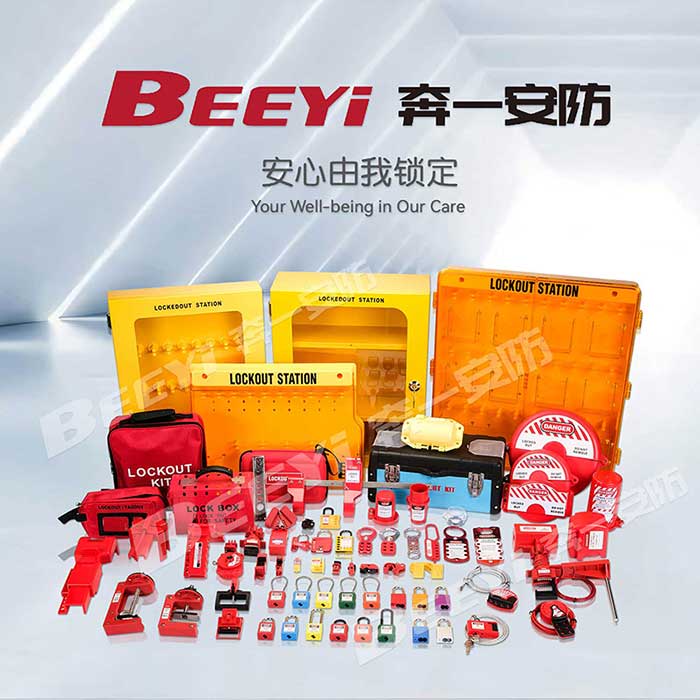Lockout/tagout (LOTO) padlocks are integral components in workplace safety programs, especially in environments where machinery, equipment, and energy sources need to be controlled during maintenance or repair work. These padlocks play a critical role in ensuring the safety of workers by preventing accidental start-ups and the unintended release of hazardous energy. In this article, we will explore what lockout/tagout padlocks are, why they are necessary, and how they contribute to workplace safety.

What are Lockout Tagout Padlocks? Lockout/tagout padlocks are specialized locks used as part of a safety procedure designed to isolate energy sources from machines or equipment during maintenance, servicing, or repair activities. The lockout portion refers to physically locking the energy-isolating device, such as a switch, valve, or circuit breaker, to prevent the equipment from being powered up. The tagout portion involves attaching a tag to the lock, which warns others not to operate the equipment until the lockout process is completed. These locks are typically designed to be tamper-proof, meaning they can only be unlocked by the individual who applied the lock, ensuring that unauthorized personnel cannot accidentally release hazardous energy. The tags often carry clear instructions, warning messages, and identification information about the person responsible for the lockout procedure, the reason for the lockout, and the expected duration.